In 1994, a company in Japan developed QR codes exclusively for tracking car parts. Then came smartphones with cameras. Suddenly QR codes were adopted by other sectors because they could be scanned by anyone with one of these devices.
The food and beverage sector was initially not a huge fan of QR codes. But the prospect of COVID-19 spreading made these box-shaped barcodes a common appearance in American bars and eateries.FSR Magazine quotes the New York Times as stating that half of restaurant operators across the U.S. have implemented QR menus since August 2021. In its 2021 State of the Restaurant Industry Mid-year Update, the National Restaurant Association revealed that 57% of adults had viewed a menu online in the past year.
Insider Intelligence forecasts that QR code scanning will continue to rise year-over-year by 10% in 2022, having increased 15% last year and 25% in 2020. So, it is clear that even with the potency of COVID-19 decreasing, QR codes are a thing. Even though they are no longer compelled to be contactless, more and more restaurants are introducing the QR code ordering system. This is because, along with the other modes of digital ordering, QR menus have been a strong driver of business. There are several aspects of digital restaurant menus that raise revenue and increase sales.
Pictures that please the palate
We eat with our eyes first. It’s a well-acknowledged fact. Nothing inspires a desire for food like a mouthwatering image. Digital restaurant menus can incorporate colorful, vivid photos of food that can tickle a customer’s taste buds and tempt them to order. When a customer is unable to decide what to choose, a beautiful image might be more persuasive. There is something about being able to see what the dish looks like that convinces customers to select it.
Detailing dishes
Gone are the days when you can simply tag a dish with a fancy name and get away with it. Today’s customers want to know what they are buying. Thankfully, QR code menus allow you to include a description of the dish along with a list of the ingredients used. You could even provide nutritional information if you know your customers look for it. The breakdown of a dish’s ingredients and knowledge of its preparation might tip the scales in favor of choice.
Shining a spotlight
QR menus are dynamic, with changes going live instantly. This gives you the opportunity to foreground promotions and specials. You can change your menu to highlight particular items and deals while using images to reinforce your message. You can also highlight your more profitable menu items in a less in-your-face way, subtly luring your customers to order them.
The spirit of the season

Seasonal and festive menus are a great way to tap into people’s desire to get in on the action. Whether it is Valentine’s Day or Halloween or even the World Cup, customers revel in themed offerings. Digital menu software makes it easy for you to put together curated menus that are unique to the occasion. It also has the added advantage of changing the design and layout to match the mood, ensuring that both look and taste are in sync.
An upsurge in upsells
Orders that are placed through a device are known to be the most efficient mode for upselling. When choosing from a digital menu rather than speaking to a cashier or waiter, customers will be much more likely to add fries and a Coke or get an oversized dish. This has largely to do with comfort – the perception is that they will be judged by the front-of-house staff for wanting more. So, they are hesitant to take any of the upsell options. When it is a digital restaurant menu, this concern about creating the wrong impression disappears. Customers will then have no qualms about selecting the onion rings, extra cheese and whatever other choices they are presented with.
Efficient and expeditious
As a contactless ordering process, QR code menus allow customers to place their order independently. This eliminates the need for customers to wait while a staff member attends to them because they can place an order as soon as they sit down at the table. The confirmed order is then sent directly to the kitchen. This saves the time required for a human to cross the room and deliver the message. Customers can also make the payment when they choose. There is no delay in getting a check and then waiting for change or a card to be returned. The shortened dining duration results in faster turn times allowing you to service a higher number of tables in one shift.
Data-driven decisions
Digital ordering software has data analytics that facilitate menu engineering, which in turn allows you to create a profitable menu. It lets you visualize sales patterns and demand, while also providing you with forecasts. These insights can direct you to the actions you need to take to boost your revenue.
Conquering current crises
After the pandemic-related shutdowns, restaurants were given permission to reopen, and the contactless feature of a QR menu was a lifeline for them. The labor shortage and supply chain concerns brought on by the epidemic can now be addressed thanks to the same feature. By removing the need to have staff take orders and process payments, the QR menu has enabled restaurants to run with a smaller staff. The ability to change the menu on-the-fly means that it is much easier to delete items from a menu when ingredients are out of stock. It is risky to tell customers that their selections are unavailable – too many of them will turn to another restaurant instead. By altering the menu to reflect only what is available, you avoid disappointing your customers.
There was a time when restaurateurs and customers would have laughed at the idea of a QR code for restaurants. Times have certainly changed. Having been a saving grace when dining-in resumed after the easing of lockdowns, QR code menus have evolved into a key revenue generator, boosting restaurant sales.




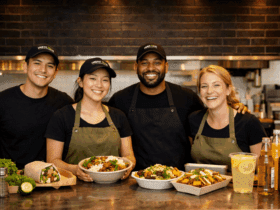


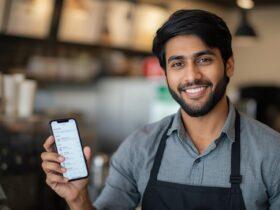
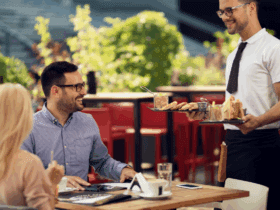

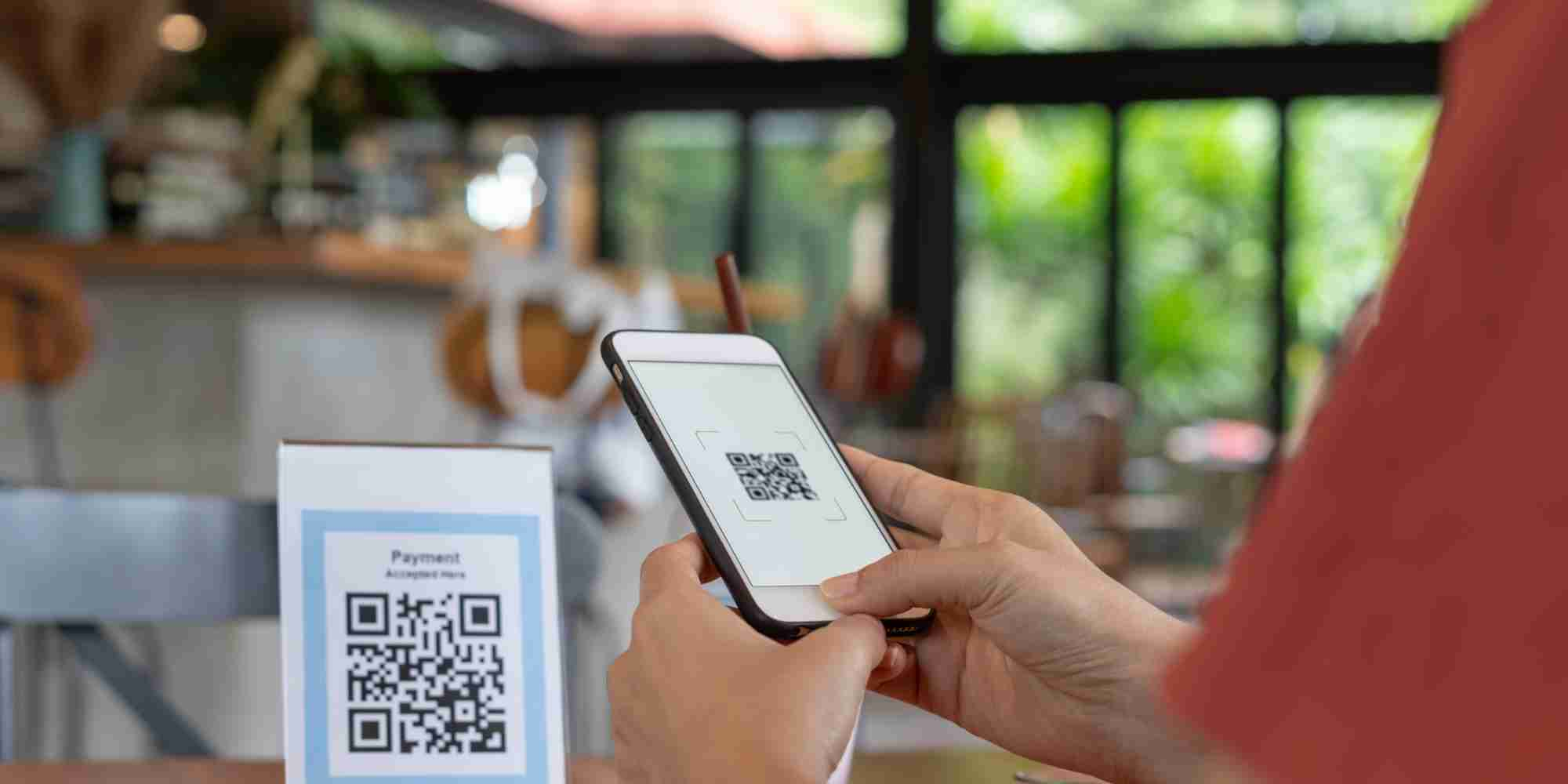
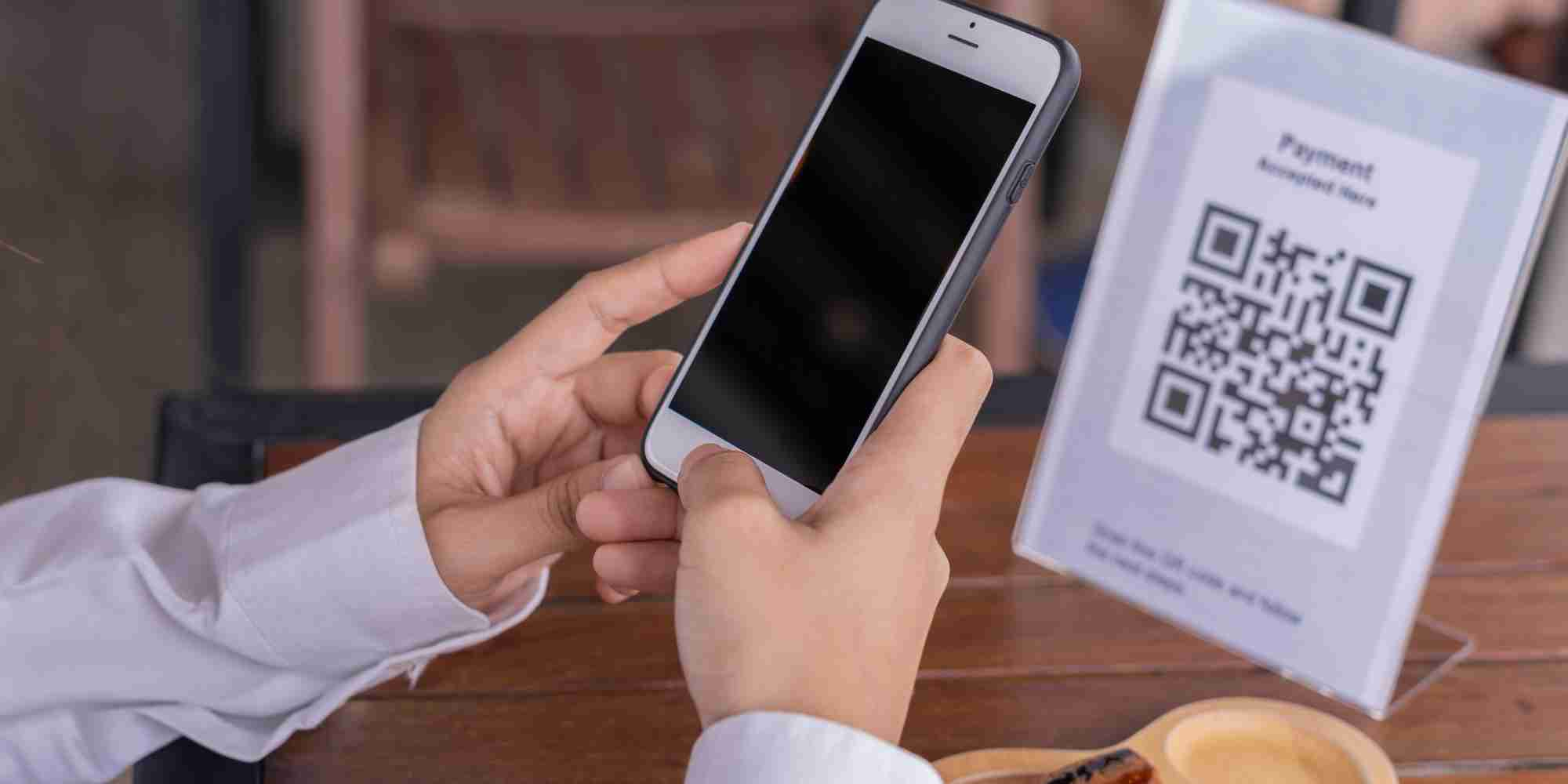
Leave a Reply